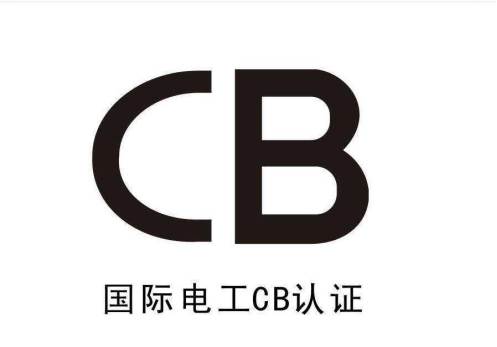
Battery CB certification
The CB system (IEC system for conformity testing and certification of electrical products) is an international system operated by IECEE. The certification bodies of IECEE member states test the safety performance of electrical products based on IEC standards. The test results are CB test reports and CB systems. The system of mutual recognition of test certificates in IECEE member countries. Up to now, a total of 66 certification bodies in 51 countries and more than 270 CB laboratories under them have participated in this mutual appointment system. The purpose is to reduce the barriers to international trade that arise from having to meet different national certification or approval criteria. IECEE is the abbreviation of International Electrotechnical Commission Electrotechnical Product Qualification Testing and Certification Organization.
Introduction of battery CB certification
The CB system (IEC system for conformity testing and certification of electrical products) is an international system operated by IECEE. The certification bodies of IECEE member states test the safety performance of electrical products based on IEC standards. The test results are CB test reports and CB systems. The system of mutual recognition of test certificates in IECEE member countries. Up to now, a total of 66 certification bodies in 51 countries and more than 270 CB laboratories under them have participated in this mutual appointment system. The purpose is to reduce the barriers to international trade that arise from having to meet different national certification or approval criteria. IECEE is the abbreviation of International Electrotechnical Commission Electrotechnical Product Qualification Testing and Certification Organization.
After the enterprise obtains the CB certificate from one of the certification bodies, due to the mutual recognition agreement, it can no longer conduct repeated tests, but only do report audits and supplementary tests or national difference tests, and then it can be converted into the safety certification certificate of other member states.
Battery CB certified product range
Portable sealed secondary battery cells and batteries (packs) containing alkaline or non-acidic electrolytes
IEC62133 test standard:
Secondary cells and batteries (groups) containing alkaline or non-acid electrolytes: Safety requirements for portable sealed secondary cells and batteries (groups) used in portable equipment.
Battery CB Test Items
1. Low rate charging
2. Vibration
3. Temperature cycling
4. External short circuit
5. Free fall
6. Hot punch
7. Crush the battery (front and side squeeze)
8. Low voltage test
9. Overcharge test
10. Over discharge test
11. High rate charging
CB certification process
1. Fill in the application form;
2. Provide product information;
3. Send samples;
4. Test OK, submit the report to the certification body (NCB);
5. The report will be reviewed, and the CB certificate will be issued after passing the test.
CB certification advantages
In the past, the vast majority of electrical and electronic products had to meet different regulations when entering various countries. Obtaining product safety certification in various countries was a difficult, time-consuming and money-consuming process. But now relying on the CB system, manufacturers can obtain safety certifications from 54 countries at one time, and truly realize one test to meet multiple test needs.
Manufacturers who have obtained CB certificates can greatly reduce costs, effort and time when applying for other certifications.
1. The CB test report obtained by the enterprise can be easily converted into VDE, GS, GOST-R, SASO, Australian RCM and other certification marks
2. CB test report can be easily converted to China CCC certification or voluntary certification
3. Obtaining CB certification is conducive to being directly recognized by many countries, such as Southeast Asian countries and other recognized battery products CB certification inspection standard: IEC62133:
"Single cells (cells) and battery packs containing alkaline or non-acid electrolytes Safety requirements for portable cells and batteries made therefrom, and portable applications"